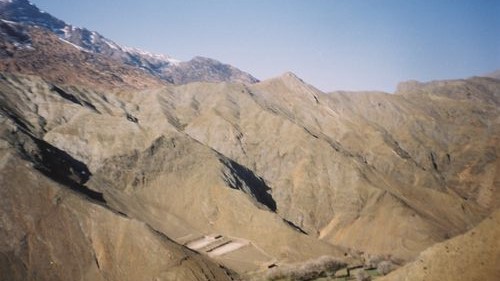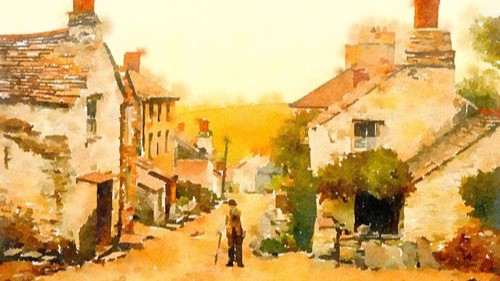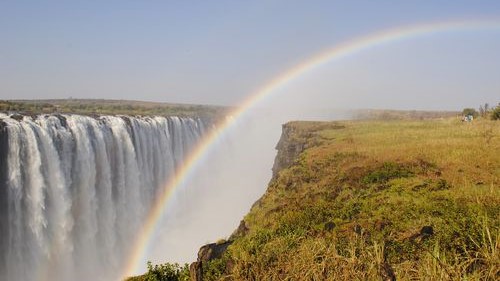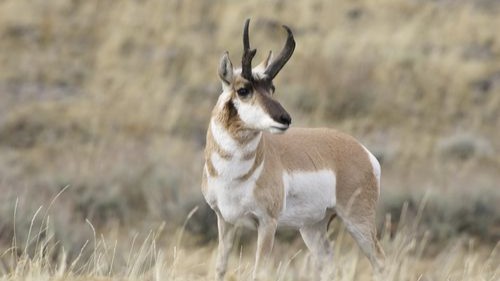Morocco is a country located in the northwest corner of Africa. It is the only African country that borders both the Atlantic Ocean and the Mediterranean Sea. The Mediterranean Sea is to the north of Morocco. The Atlantic Ocean is to the country’s west. To the east and southeast of Morocco is the country Algeria. And south of Morocco’s border lies the Western Sahara territory. Within Morocco, there are mountains, plains, forests, and deserts. The country’s varied geography makes it a great natural habitat for many plants and animals.
The northern coast and central regions of Morocco are mountainous. The Rif Mountains in the north run along the Mediterranean coastline. The Atlas Mountains run through the middle of the country. These mountains separate the coastline from the Sahara Desert in the south. The Atlas Mountains are made up of four different ranges. They extend for more than 12,000 miles into Algeria and Tunisia. The highest of the four mountain ranges is called the High Atlas. Even in summer, there can still be snow on some of its highest peaks! Mount Toubkal is located in the High Atlas. It is the tallest mountain in Morocco. It rises 13,665 feet, or over two and a half miles, above sea level.
Morocco’s mountain ranges experience much more rainfall than the rest of the country. In fact, the northern section of these mountains gets enough rainfall to support large forests. Much of the rain that falls on these mountains ends up in rivers. Many of these rivers flow westward to the Atlantic Ocean. These rivers water the plains near the coast of Morocco. The coastal plains have fertile soil, making them great for agriculture. However, rainfall throughout Morocco is unpredictable. In certain areas of the country, there can be droughts or floods. The Sahara Desert covers part of Southern Morocco. The Sahara is the largest hot desert in the world. This hot and dry area does not get as much rain as the rest of the country.
Morocco’s climate varies because of its diverse geography. Most of Morocco’s coastline experiences warm, dry summers and mild winters. However, closer to the mountains, the climate becomes more extreme. Mountain winters can be quite harsh. In the Sahara Desert, the climate is usually very dry and hot, although temperatures can get below freezing at night.









